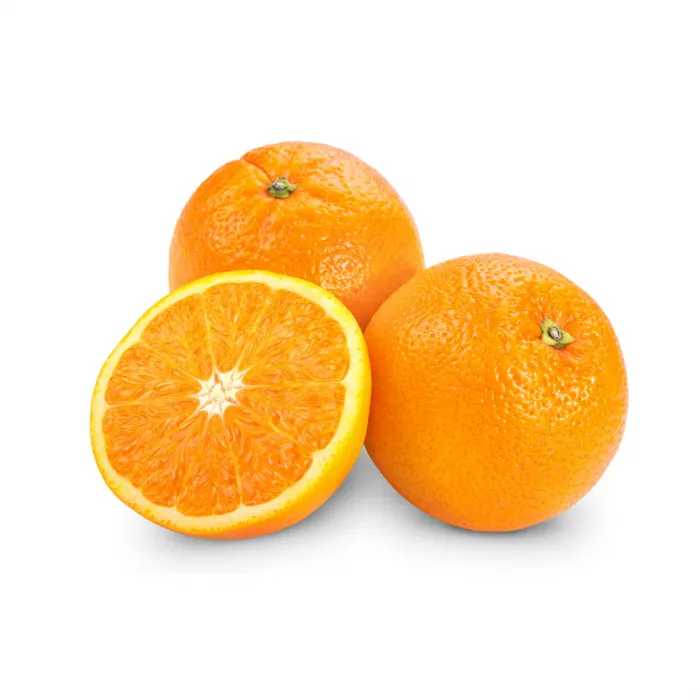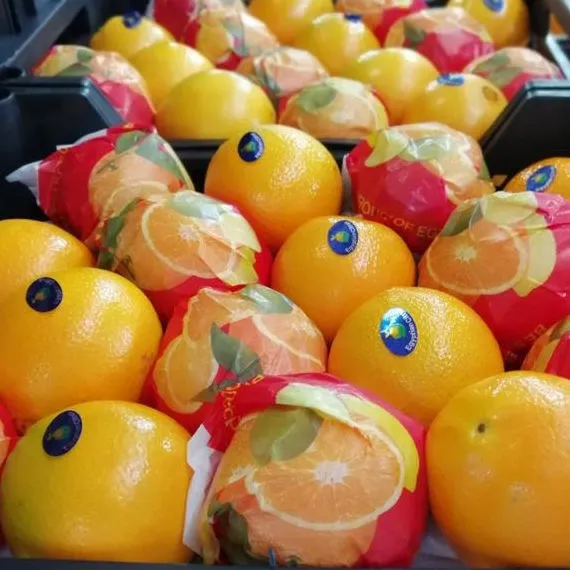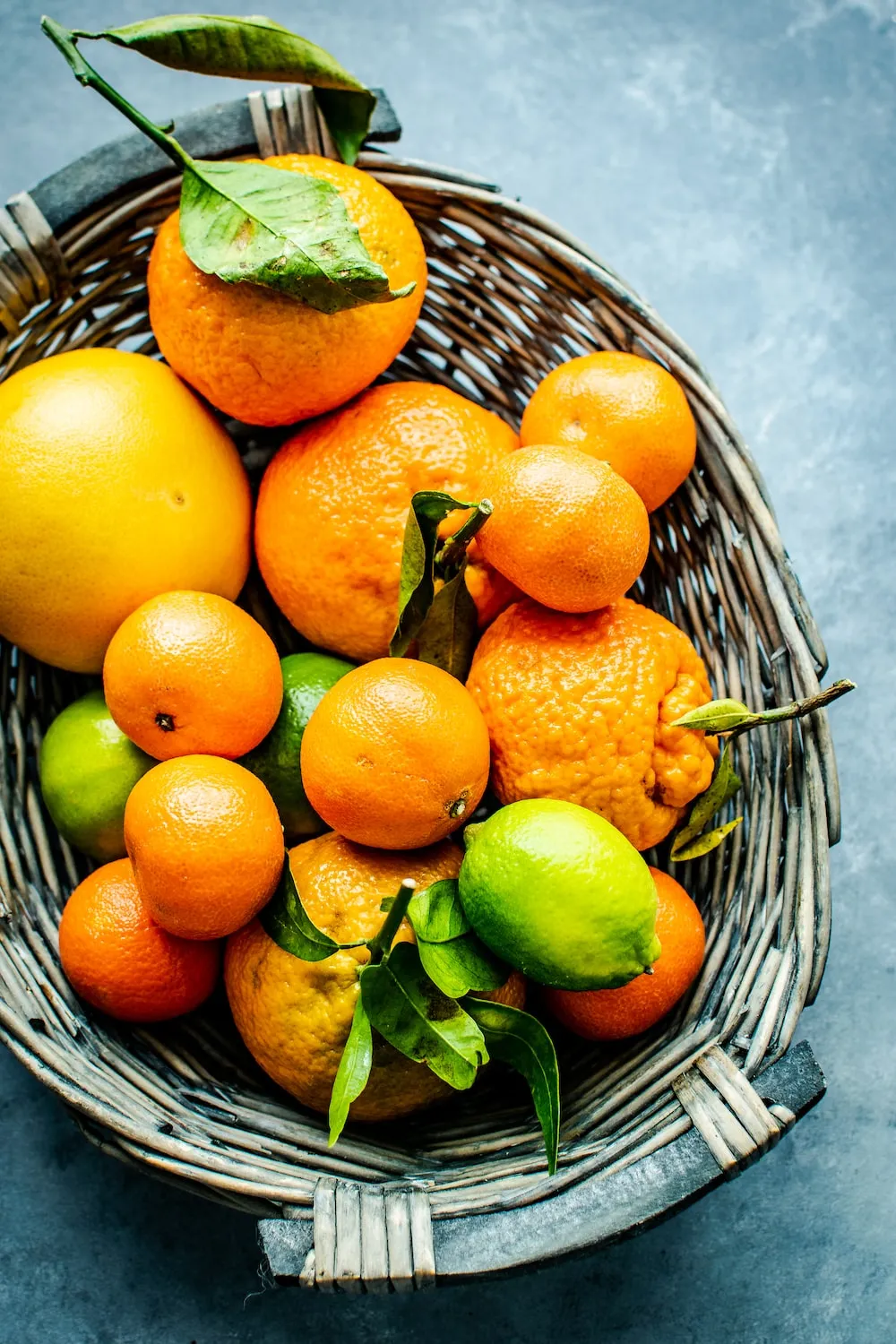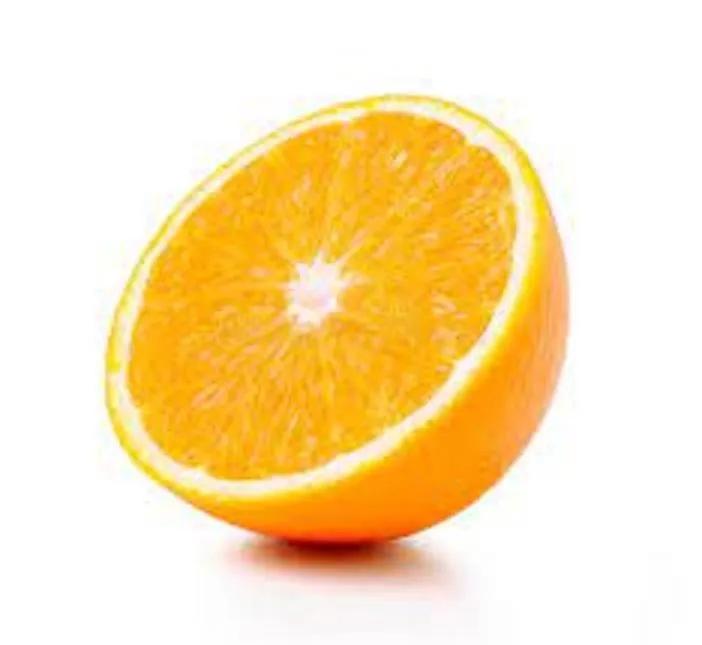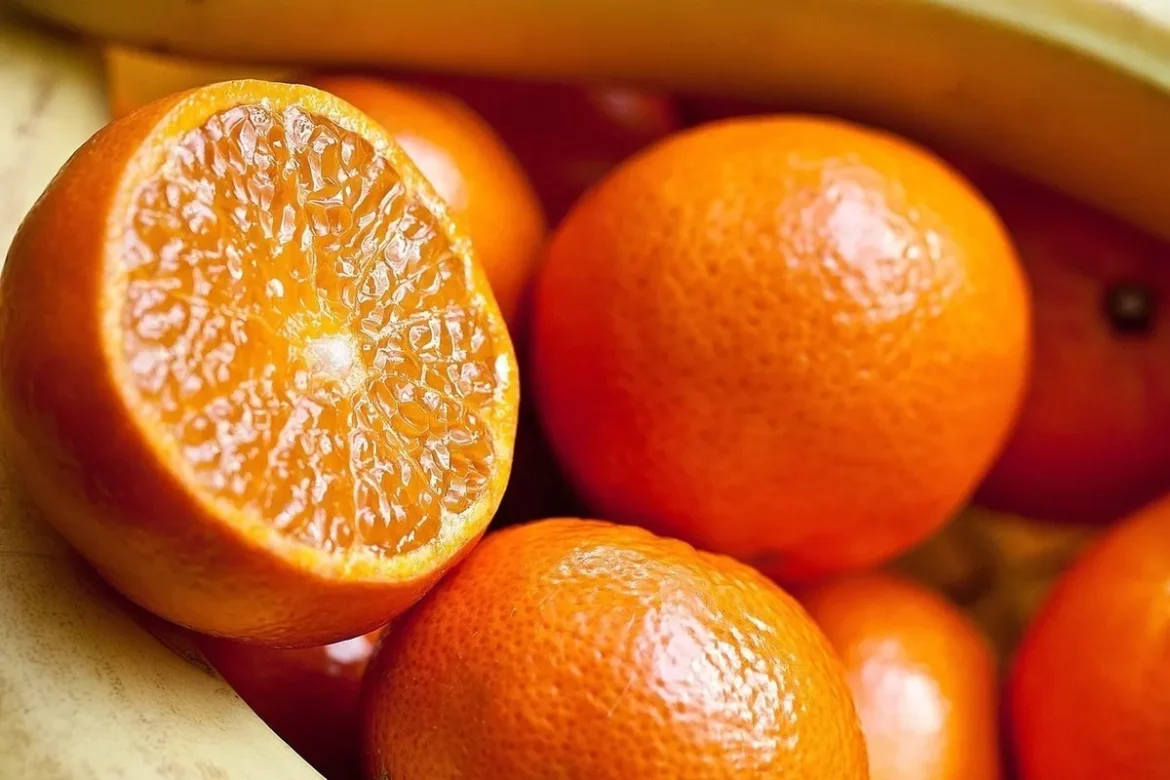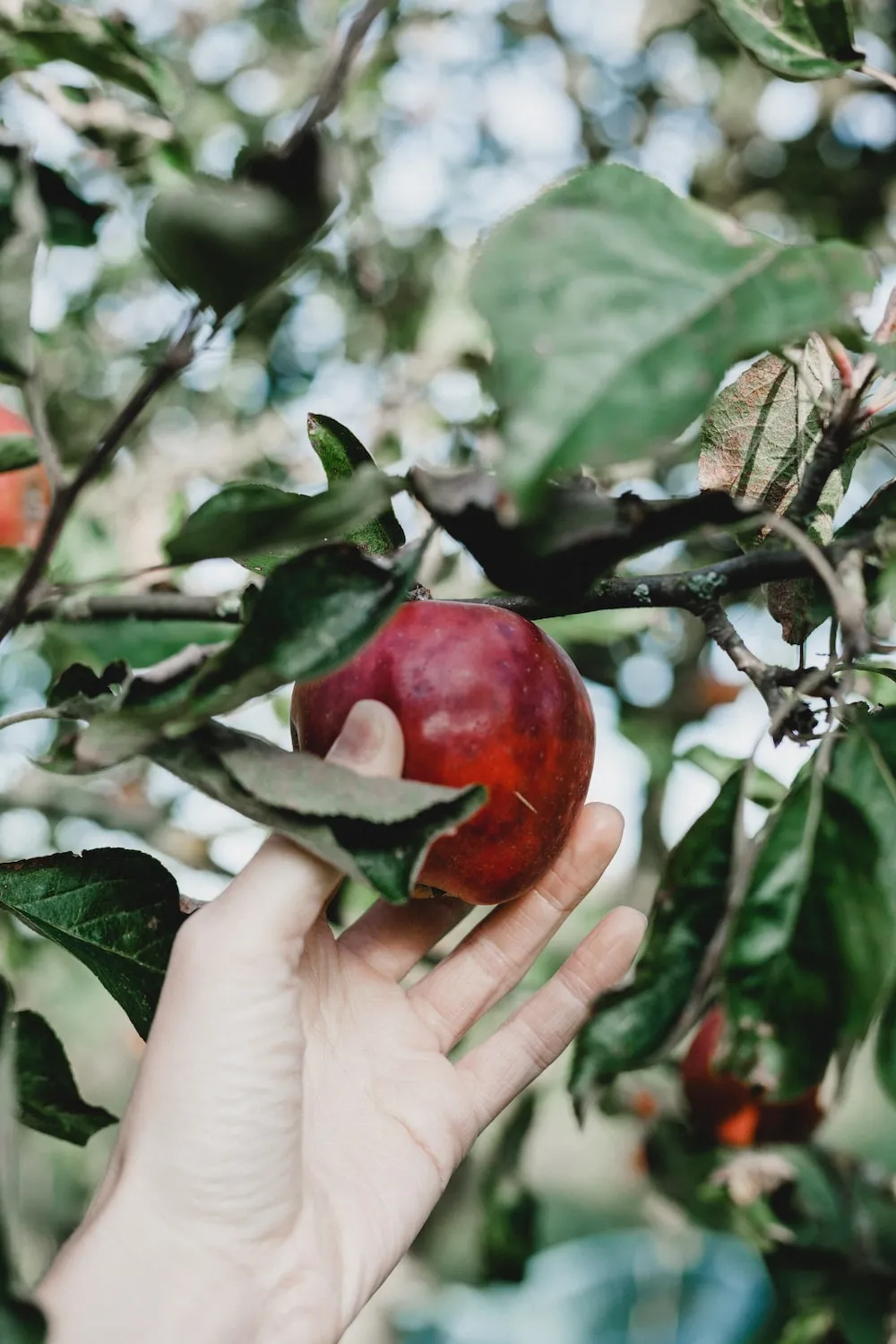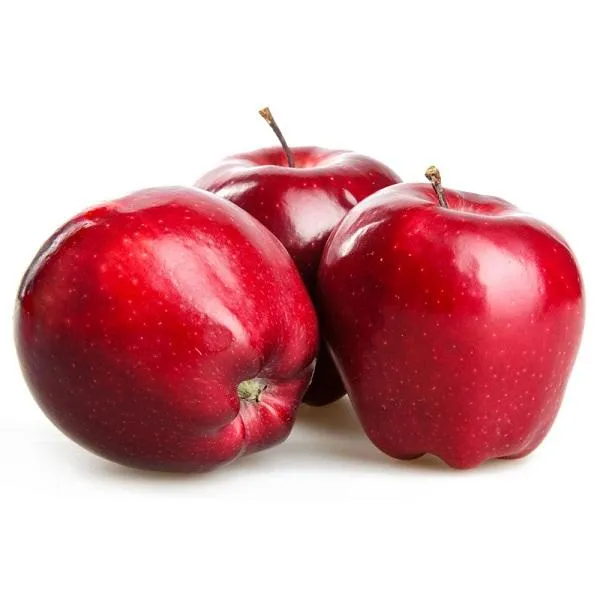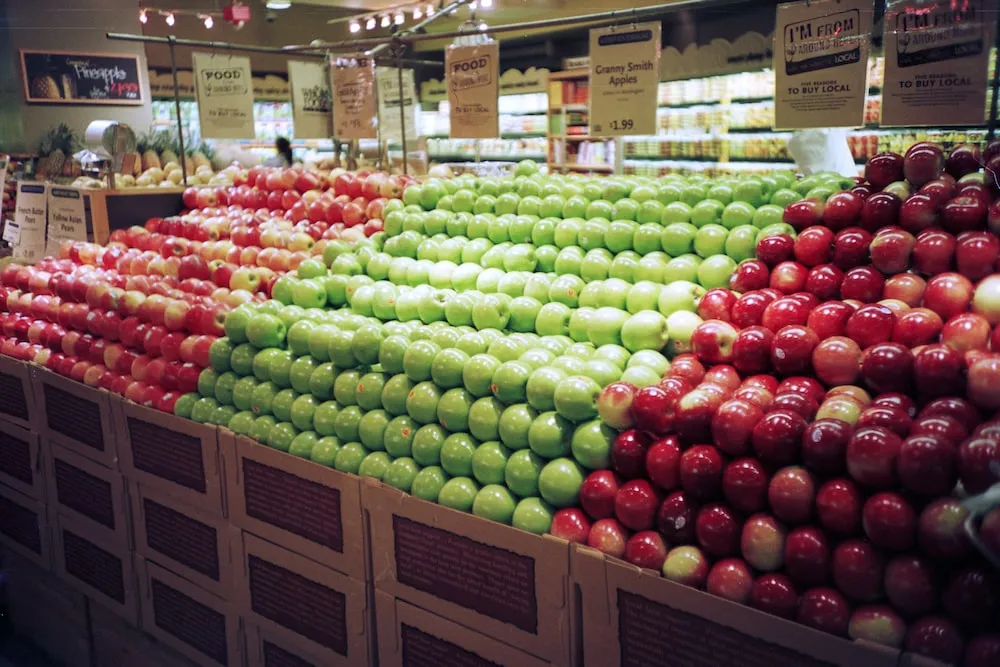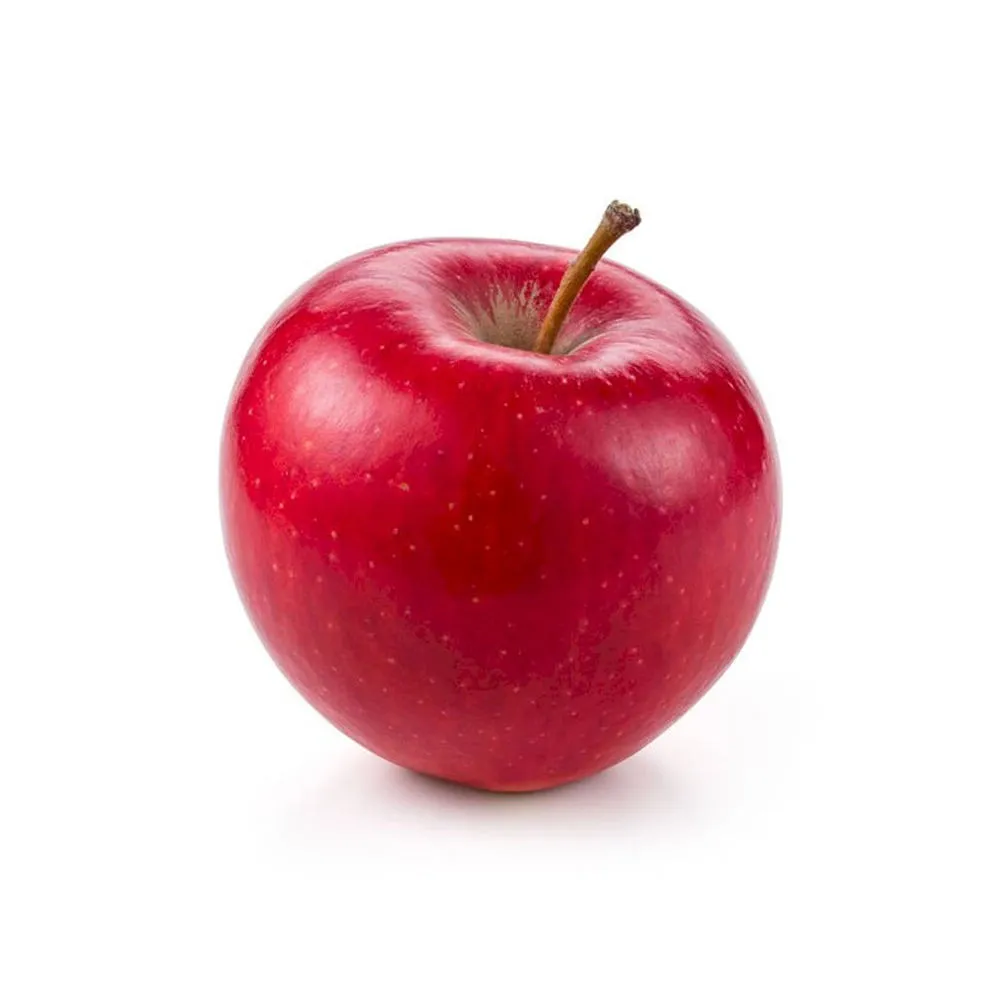kiwi fruit origin plant
Kiwi fruit’s origin is China but New Zealand people plant this fruit in their country
New Zealand has suitable soil for kiwi
When you plant kiwi, you must pay attention to the soil
Soils with the wrong ph
, poor drainage, or the wrong type of soil can usually be improved
Gardeners can increase the organic matter content, altering soil pH to optimal ranges by adjusting the soil pH with lime or sulfur, or adjusting soil nutrient levels if necessary
If the soil pH is too high (above 6
5), amend the soil with elemental sulfur to acidify the soil
The rate depends on the soil type and the current soil ph
In sandy soil, use about 1-3 pounds of sulfur per 100 square feet
In clay soil, use about 5-6 pounds per 100 square feet
In general, if the soil pH is too low (below 5
6) to produce kiwi fruit, add finely ground dolomitic limestone at a rate of about 5-10 pounds per 100 square feet
You can also use a highly acidic fertilizer to add organic matter and raise the pH of the soil
However, avoid fertilizers with a high salt content (electrical conductivity or EC), such as fresh animal manure
Add soil amendments about a year before planting, as it takes time to adjust the soil ph
Drainage Kiwi vines are prone to poor drainage during the growing season
Because of their large root systems, these plants benefit when planted in well-drained soil at least 2-3 feet above the water table

The roots of the kiwi fruit plant will suffocate in waterlogged soil for more than a few consecutive days during the growing season, and root rot will increase
Organic matter aids in soil aeration, drainage, and its ability to hold water and nutrients
organic matter You can increase the organic matter content in the soil by amending wood chips, sawdust, bark, or compost
Compost is the best choice for amending native soils in central Oregon
Any material you apply must be free of insects and weed seeds
Apply the organic matter 1-2 inches deep for each planted area
Each of these organics differs in nutritional content, pH, salt content (EC), and carbon-to-nitrogen (C: N) ratio, which affects the rate of decomposition
Add organic matter to the soil by digging or tilling
Thorough mixing of the amendments ensures consistency of soil properties
If you apply large amounts of fresh organic matter that is high in C: N, such as sawdust, you can help the decomposition by applying about 3 ounces of N per 100 square feet
In areas with little summer rain, irrigation of the intended planting area will determine whether lime or sulfur and organic matter interact well with the soil
identification It’s easy to propagate kiwi fruit from hardwood scraps if you know someone with good male and female vines
Ask to take some cuttings from your pruning wood in late winter
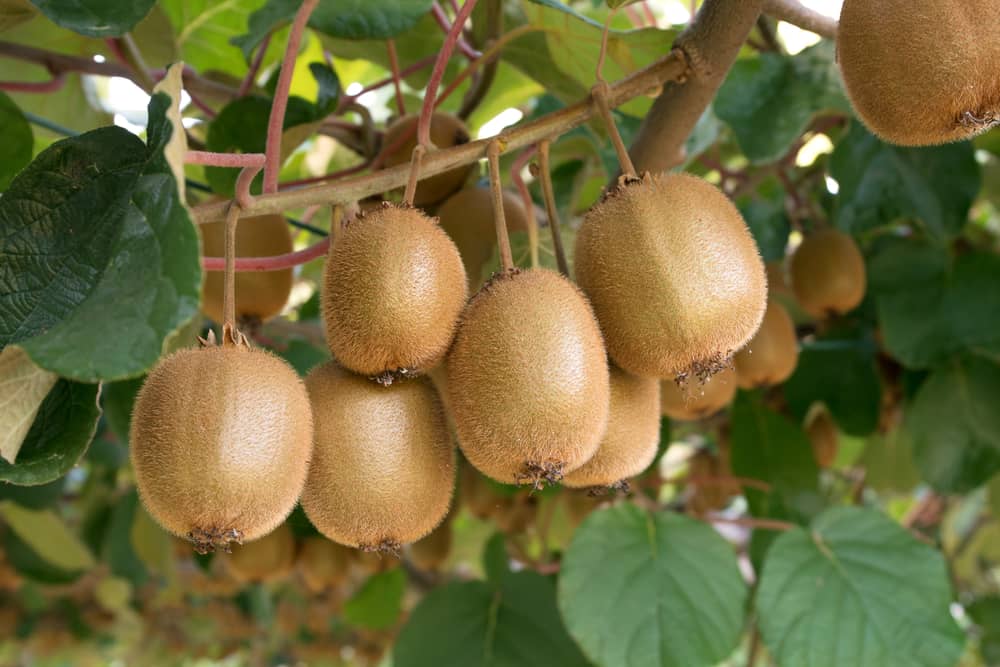
It is important to take cuttings so that you can separate the top (closest to the stem) from the bottom (near the end of the shoot or reed)
The bud at each node of this crop is round, which makes it difficult to tell which side it is on
One trick is to cut at an angle to the upper end of the cut just below the primary bud and into the inner part
Make the cuttings five to six knots long
Take cuttings before releasing the sap in winter (early to mid-January in the Willamette Valley)
Fill 1-gallon containers with potting mix
Insert one piece per pot with one or two knots below soil level
You can dip the base of the cuttings in the rooting hormone, but this is not necessary
Male and female vines breed in winter, even if the vines are cut in summer
Mark the vines and the female carefully so you are sure you have each planted
Many cuttings will root
Vines grow for one season in containers
It should be ready to plant in your garden next spring
Planting Kiwi fruit plants are usually available in containers at local retail stores or online nurseries
A variety of females will produce many fruits, so one female and one male are usually planted in most home gardens
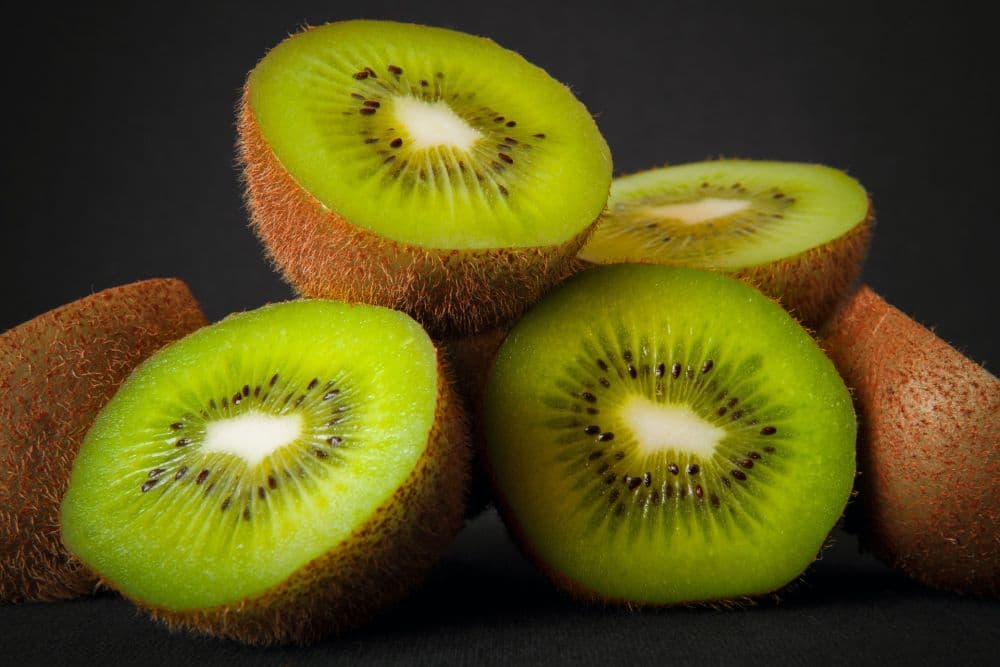
About 15 feet of space is required for one plant
Plant two vines 15 feet apart, leaving about 6 feet apart at each end
When training the tree, plant a vine between each side
Plant as soon as you can till the soil in the spring
Dig a hole large enough to accommodate the size of the root ball
Do not add compost or manure to the planting pit, as this will burn the roots
Remove the pot and set the plant so that the potting mix is level with the soil
Fill the planting hole with soil and firm it to remove air pockets
Water the young plants frequently to ensure the plant’s roots do not dry out
Once they start growing, kiwifruit vines require careful and frequent watering
The most important goal in the planting year is to develop one erect stem
Prune and train well at planting time this first year for good establishment and management
In areas where soil may freeze and thaw during the winter, place mulch around the crown to help protect plants from getting caught by the winter cold
Be careful not to put mulch around the base of the stem, as it can lead to rot
Do not use deep straw as mulch during the growing season because it can cause an increase in the vole, field mice, or other rodent activity, which can damage plants
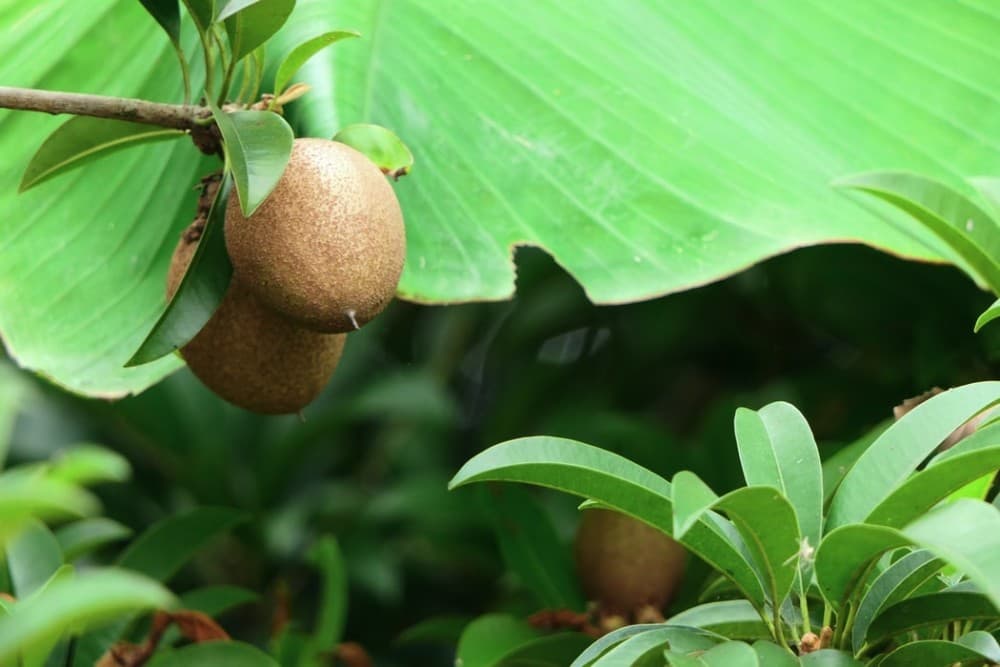
kiwi plant
Kiwi is not self-supporting
This plant is a climbing vine
Their size, vitality, longevity, and heavy load mean they require a strong and durable support structure
A good support structure will also reduce blight and wind damage to the vine and fruit
There are two common types of trellis supports for the home garden, the arbor, and the T-bar
The T-bar trellis system consists of 4 to 6 inches of pressure-treated metal or wood on each end
Secure the end supports well so that they do not bend or break as the vines ripen and bear fruit
Attach a sturdy cross arm to each post 6 to 7 feet above ground level
The cross arm should be 4 to 5 feet wide
Use strong, reinforced corner posts to cross members
Add more cross pieces to create a tree in the shape of a rectangle or square with arches at each corner and stronger cross pieces at the top that will support most of the weight of the vine
The tree should be tall enough for you to walk under it when the fruit buds are drooping—at least 7 to 8 feet long
Prune and train the vines well so that the shade tree is eventually covered with bud growth
Nutrition management Healthy kiwifruit plants that contain the right nutrients from the fertilizer have medium to dark green leaves
Pale green or yellow leaves indicate nutrient problems, insects, or diseases
Kiwi fruit plants are vigorous, and as they grow, the plants need more nitrogen (N) to support growth
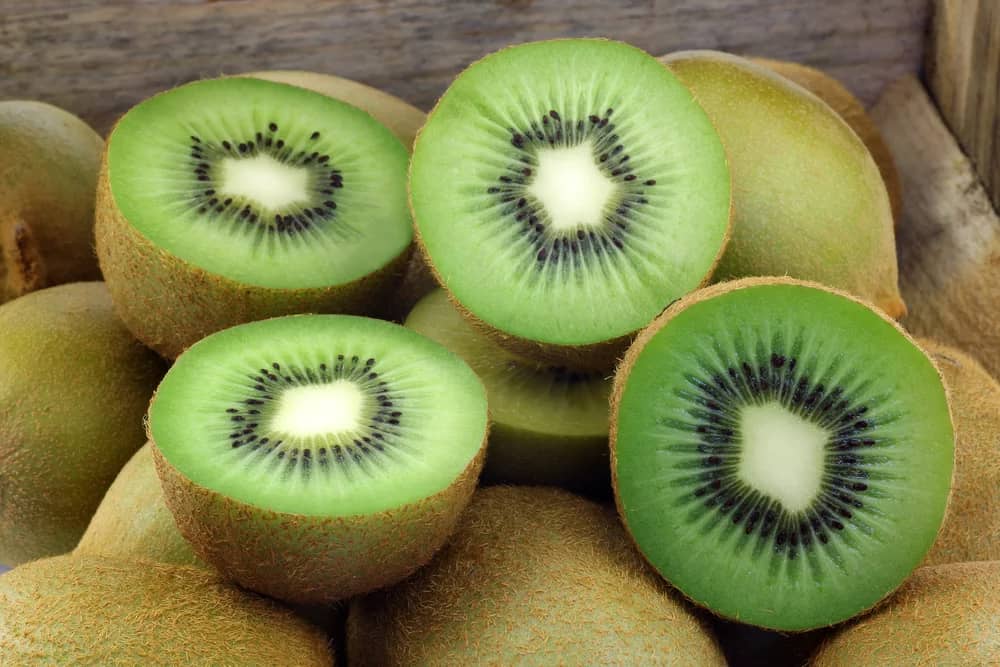
Plants that are deficient in nitrogen will experience stunted growth and older leaves will be paler or yellow-green compared to younger leaves
In kiwis, yellowing of leaves in deep shade or canopy at the end of the growing season at harvest is common
Kiwi fruit plants require fertilizer during the planting and establishment years
Many types of solid or granular and liquid inorganic and organic fertilizers are available
Most all-purpose garden fertilizers or organic products contain P (phosphate) and K (potash) in addition to N, and some also contain Ca (such as feather meal)
Fertilizer sources range widely in their nutrient content
For example, common inorganic fertilizers available for the home garden include 16-16-16 (16% nitrogen, phosphate, and potash each), 20-20-20, and various slow-release, sulfur-coated urea products
Organic resources include livestock (0
6-0
4-0
5), horses (0
7-0
25-0
6), manure, yard manure (1-0
2-0
6), cotton (6-7-2), and poultry feed (12-0)
-0), bone flour (2-15-0), and fish emulsion (3-1-1)
The most important nutrient that kiwi fruit plants need after planting in all home garden soils is N
Depending on the type of fertilizer product, there are different application methods to ensure maximum nitrogen availability to the plants
Inorganic granular fertilizers are often applied in equal parts (dividers) during spring and summer to ensure maximum plant uptake efficiency and reduce the risk of salt stress for plants
Granular organic fertilizers such as manure, soybean, or cottonseed require a long time for nitrogen to become available
Therefore, it is better to apply granular organic fertilizer for about a month before applying inorganic fertilizer
In general, liquid fertilizers are available relatively quickly to plants but can also move out of the root zone quickly
Therefore, for liquid fertilizers, divide the total amount of nitrogen into smaller, more frequent applications, such as weekly
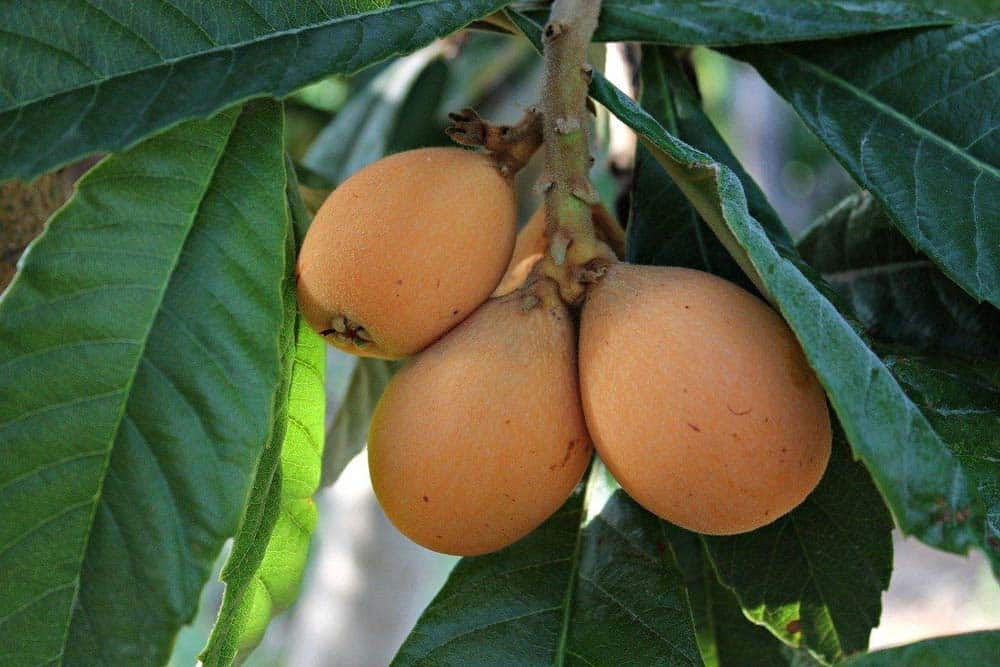
Fertilizer recommendations for N are given below at the actual weight N for the year
The amount of fertilizer to be applied depends on the percentage of nitrogen in the product
To calculate how much N to apply during the year, divide the amount of N you need by the percentage of N in the compost
For example, if the recommendation is to use 2 ounces of nitrogen and you use a 16-16-16 fertilizer (16% nitrogen, phosphate, and potash each), calculate 2 ounces 0
16 (16% decimal equivalent)
be, or 12
5 ounces of compost product
The raised cross arm allows standing under the canopy for fruit picking
You can attach the cross arms to the uprights to the wood for added strength
Run the high-tension wire through each side and into the middle of the top of the cross arms
You can also attach two intermediate wires to the top of the cross arm to support the vines and fruit
Strong tension is required, so use a 12-gauge galvanized wire and apply good tension to the wires
The arbors should be well designed to support the weight of two vines (male and female)
New and stable factories In the year of planting, fertilize each plant with 1
2 ounces of nitrogen per plant
Divide the total nitrogen required into three equal portions (0
4 ounces each), the first starting two weeks after planting, the second a month later, and the last a month later
When using organic fertilizer sources, apply the product relatively early as described above
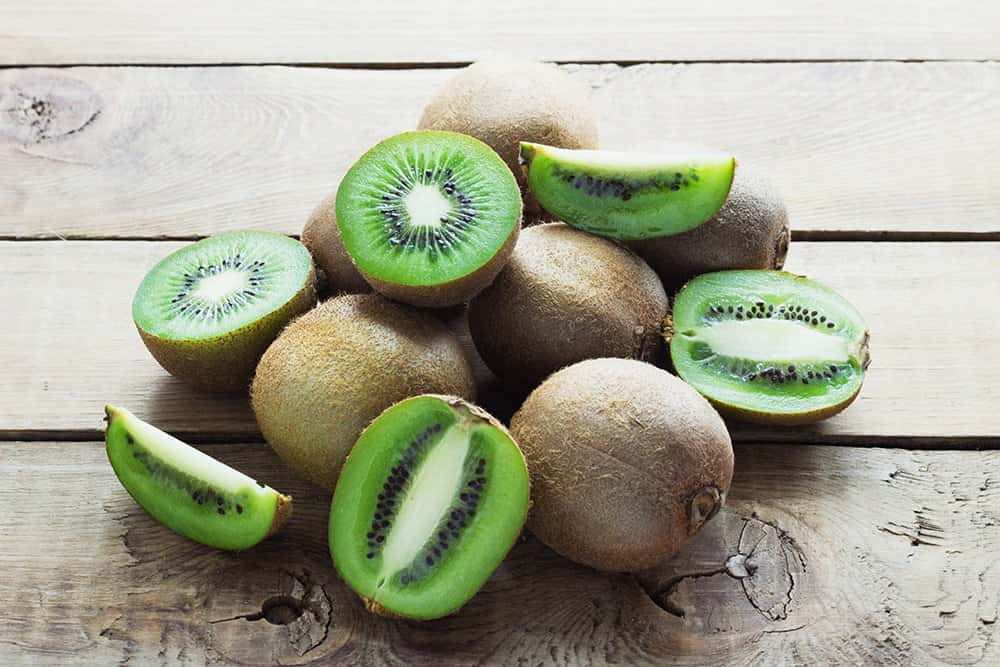
Apply inorganic fertilizer frequently to sandy soil, divide the total rate into more divided applications, or use slow-release products such as more organic sources of fertilizer
Spread the compost in a 12-inch circle around the base of the trunk but avoid getting any of it
One year after planting, use a total of 3
2 ounces of nitrogen per plant, divided into four equal portions, and apply monthly
Spread the compost evenly around each plant in a 2- to a 3-foot radius
Fertilize third and fourth-year plants with 6 to 9 ounces of nitrogen, divided into three applications
Spread the compost so that it is evenly distributed under the plant’s canopy
do not fertilize young plants after July; This will retard growth and increase the chance of frost in the fall
Since most garden fertilizers contain P and K, plants should also receive adequate amounts of these nutrients when fertilizing
Water well after each fertilizer application
planted seedlings Vines usually ripen in the fifth or sixth year
Fertilize 0
5 to 1 pound of nitrogen per vine annually, depending on the cultivar or vigor of the vine
Use higher rates for more powerful chrome
Spread the compost so that it is evenly distributed under the plant’s canopy
Water a day or two before fertilizing, unless there is a good rain, and water again after fertilizing
Monitor the soil pH every few years and add lime in the fall to increase the soil pH in the Willamette Valley
Add elemental sulfur to central Oregon to lower the soil pH and keep it within the desired range

